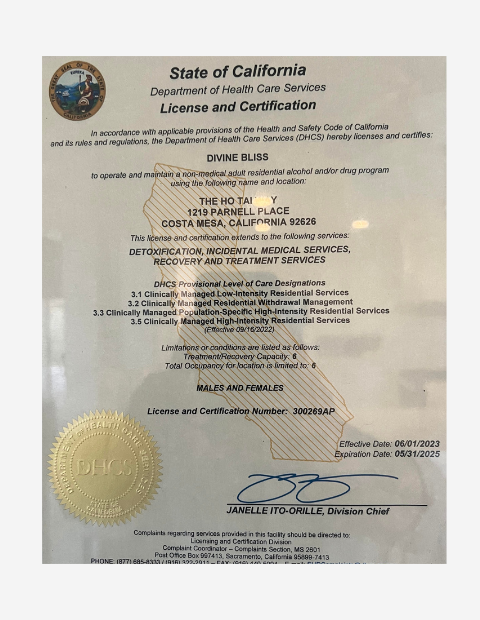Individual Therapy Techniques
Individual therapy in addiction recovery incorporates a diverse array of techniques tailored for each person. These methods aim to facilitate healthier behaviors and thought patterns, essential for sustainable recovery. Below are some key techniques utilized in individual therapy for substance abuse and addiction treatment at The Ho Tai Way, designed specifically for women in addiction treatment:
Insight-Oriented Exploration
This technique delves into personal motivations, emotions, and triggers behind substance use. In Individual Therapy, women can engage in deep self-reflection, fostering awareness of their addictive behaviors. For instance, a woman might explore why she turns to substances during emotional distress and identify healthier coping mechanisms.
Mindful Awareness
Similar to mindfulness in CBT, Mindful Awareness involves being entirely present, facilitating a non-judgmental awareness of thoughts, emotions, and physical sensations. This practice is vital for recognizing triggers and managing cravings during the recovery process. Techniques may include deep breathing exercises and mindfulness meditation, aimed at stress reduction and emotional balance.
Goal-Setting and Planning
Individual therapy often involves creating a personalized plan, consisting of achievable short-term and long-term goals. Women can work on defining their objectives for sobriety, relationships, and personal growth, with the therapist providing guidance on the necessary steps to reach these goals.
Skills Training
Practical skills are taught to manage cravings, make better choices, and build healthier relationships. Role-playing and guided visualization are commonly used in individual therapy to prepare women for real-life challenges and triggers that could lead to substance use.
Exposure and Response Prevention
Derived from traditional exposure therapy, this technique is specifically adapted for addiction treatment. It allows women to confront triggering situations in a controlled environment, with the aim of reducing cravings and increasing tolerance. For example, simulated scenarios may be employed to help women develop new coping strategies.
































